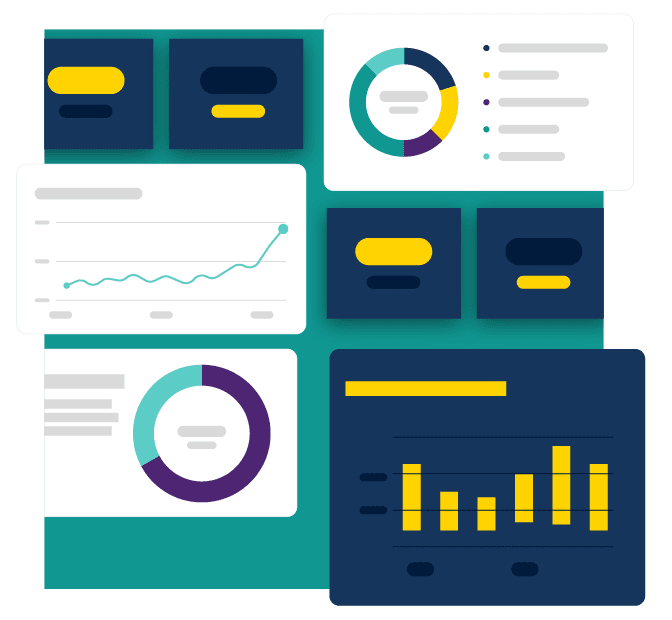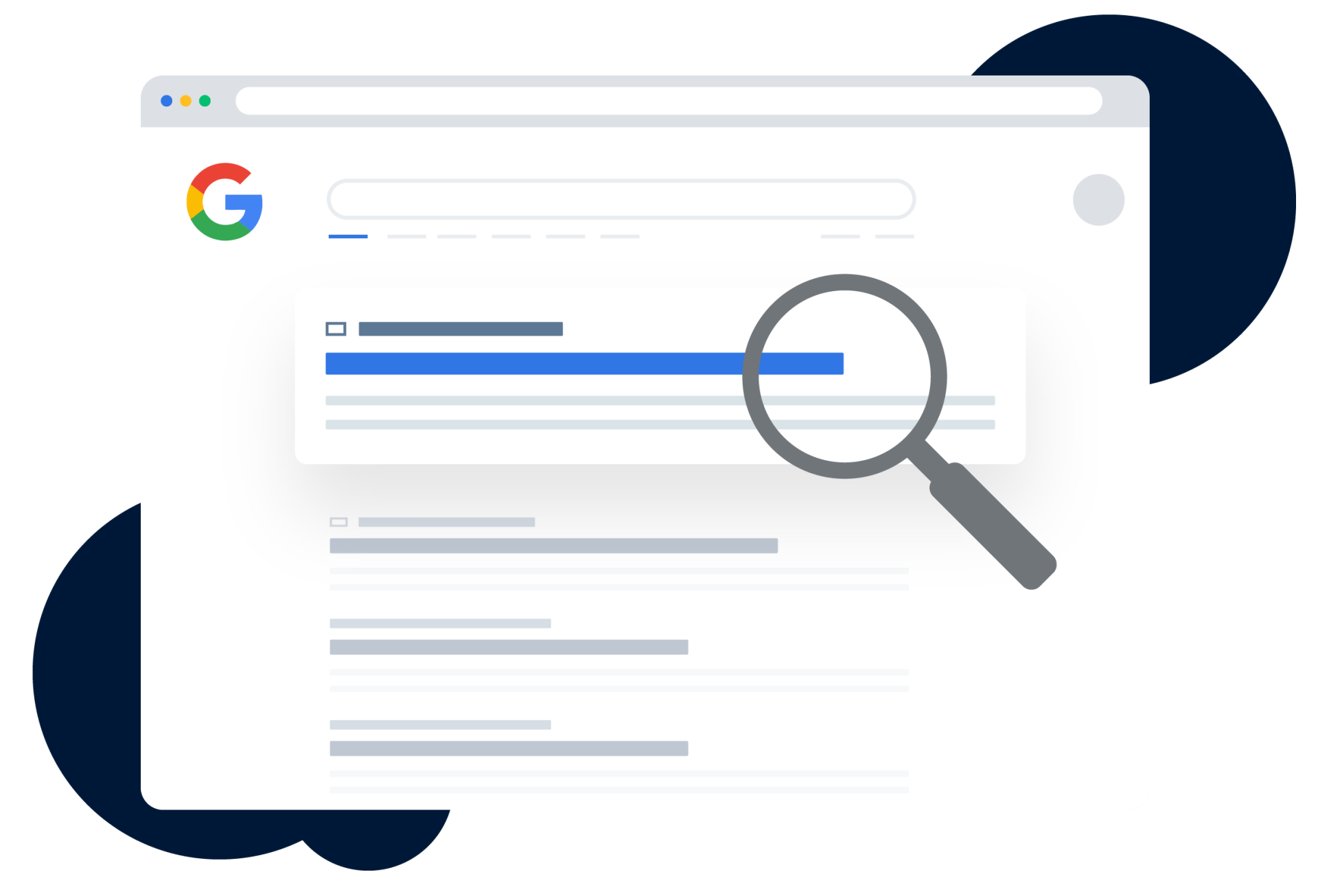Brand Fatigue Explained: Keep Your Brand Fresh and Relevant

Why Brand Fatigue is Killing Your Customer Relationships

Brand fatigue occurs when consumers become overwhelmed, bored, or emotionally distant from a brand due to overexposure, irrelevant messaging, or repetitive content. Here's what you need to know:
Key Signs of Brand Fatigue:
- 81% of consumers are ready to cut ties with brands that overwhelm them
- 46% unfollow brands for posting too many promotional messages
- 41% unfollow due to irrelevant information
- 35% unfollow brands that tweet too much
Main Causes:
- Excessive branded content across social media
- Poor personalisation and irrelevant messaging
- Repetitive advertising that ignores user behaviour
- Mechanical, rule-based marketing without human connection
Impact on Business:
- Declining engagement rates and click-throughs
- Increased cost per acquisition
- Loss of brand loyalty and emotional connection
- Reduced effectiveness of digital marketing strategies
Think about it: when did you last scroll past a sponsored post without even registering the brand? That's brand fatigue in action. In today's hyper-connected world, consumers encounter hundreds of marketing messages daily , leading to mental overload and defensive filtering.
The problem isn't just volume—it's relevance. Research shows that 60% of content produced by leading brands is deemed "poor, irrelevant or fails to deliver" by consumers. Meanwhile, only 15% of people in the UK would consider brands as "a member of the family," compared to over one-third in emerging markets like Brazil and Mexico.
As Amber Porter , CEO of RankingCo, I've helped countless businesses steer the tricky balance between staying visible and avoiding brand fatigue through strategic SEO and targeted campaigns. After years of watching brands struggle with declining engagement despite increased ad spend, I've learned that fighting brand fatigue requires smart data analysis, genuine personalisation, and content that actually adds value to people's lives.

What Is Brand Fatigue? Definition & Distinction
Picture the moment you scroll past a brand post without even noticingthats brand fatigue at work.
Brand fatigue occurs when people become emotionally detached from a brand after too much exposure, repetitive messaging or content that is simply off-topic for them. Think of it as a mental spam filter: the mind quietly files your brand under ignore because it no longer delivers anything new or useful.
Brand Fatigue vs Ad Fatigue
- Ad fatigue = tired of one creative or campaign. Fixable with new artwork, fresh copy or frequency caps in your Google Ads.
- Brand fatigue = tired of everything you publish. Engagement drops across email, social, search and paid media. Recovery demands a bigger strategic rethink, not just a new banner.
Why Brand Fatigue Matters in 2024
Customer-acquisition costs keep climbing, while Gen Z2s attention span keeps shrinking. Research shows over 50 % of consumers aged 18-24 have reduced their social use because the content feels irrelevant. When your existing followers tune out, you pay twicelosing lifetime value and spending more to replace them. In saturated markets like Australia and the UK, that spiral happens fast. The takeaway? Stay relevant or become digital wallpaper.
Spotting the Warning Signs: Symptoms for Consumers and Teams

Brand fatigue creeps in quietly. Catch these signals early to avoid an engagement free-fall.
Consumer-Facing Indicators
- Sustained decline in click-through, shares and email opens (not just a one-off dip).
- Lurkersfollowers still present but no longer reacting.
- Direct feedback: comments like Too many posts, rising unsubscribes or spam complaints.
- The silent fadepeople disappear from metrics without drama.
Internal Culture Red Flags
- Your team is bored with its own content, recycling the same formats.
- Celebration of vanity metrics (reach, impressions) while true engagement tumbles.
- Disjointed voice across channels, signalling loss of shared vision.
Spot the pattern, act fast, and most fatigue damage can be reversed before customers walk away.
Root Causes: Why Brands Burn Out

Most businesses accidentally create the very noise customers learn to ignore. Core culprits:
- Message overload – the old "Rule of Seven" now happens in a single morning scroll.
- Content irrelevance – talking about what you want to say, not what audiences need.
- Intrusive ads – highly targeted but low-value messages feel creepy, not helpful.
- Gen Z scepticism – digital natives penalise brands that waste their time.

Social Media Saturation
Instagram alone saw 3.8 million sponsored posts in 2021. When every third swipe is an ad, "sponsor blindness" sets in and you end up paying for impressions that never register.
Repetitive Messaging & Algorithm Penalties
Low engagement tells platforms your content is low quality, throttling reach and compounding fatigue. Hammering non-responsive users with the same offer deepens resentment. Personalisation must feel helpful, not stalker-ish.
Measuring & Diagnosing Brand Fatigue with Data

Think of brand fatigue as a slow-burning fire—by the time you see the flames, significant damage has already occurred. The secret to preventing this disaster lies in watching for smoke signals through careful data analysis. At RankingCo, we've learned that the brands that survive and thrive are those that spot fatigue patterns before they become critical problems.
The challenge is that brand fatigue doesn't announce itself with dramatic crashes or sudden spikes. Instead, it whispers through subtle changes in audience behaviour that are easy to miss without proper monitoring systems. Your email open rates might drop by just 2% this month, social engagement might decline slightly, and website dwell time could decrease gradually—individually, these seem like normal fluctuations, but together they paint a concerning picture.
Engagement metrics across all channels provide your first line of defence. But here's the crucial part: you need to establish baseline measurements before problems arise. Track click-through rates, social media interactions, email responses, and website behaviour patterns consistently. Look for gradual declines rather than dramatic drops—brand fatigue typically develops like a slow leak rather than a burst pipe.
Sentiment analysis offers particularly valuable insights into your audience's emotional connection with your brand. Modern tools can track not just the volume of mentions but the emotional tone of conversations around your brand. When sentiment shifts from positive enthusiasm to neutral indifference, that's often the first sign of developing fatigue. The key is monitoring sentiment trends over time rather than focusing on individual comments or posts.
Don't overlook the power of direct survey feedback for diagnosing brand fatigue. Regular pulse surveys asking about message frequency, content relevance, and brand perception provide early warning signals that analytics alone might miss. The trick is asking the right questions—instead of "Do you like our brand?" try "Do you feel we communicate with you at the right frequency?" or "How relevant is our content to your current needs?"
A/B testing becomes particularly valuable when you suspect fatigue is developing. Test different message frequencies, content formats, and communication styles with small audience segments. If reduced frequency improves engagement rates, you've identified fatigue before it spreads to your entire audience.
According to research from MIT Sloan Management Review, businesses that implement comprehensive engagement tracking see 23% better customer retention rates compared to those relying on basic metrics alone. This data-driven approach to preventing brand fatigue delivers measurable results.
Building a Brand Fatigue Dashboard
Creating an effective brand fatigue dashboard requires thinking like a detective rather than just a data analyst. You're looking for patterns and connections across multiple data sources that reveal the full story of your audience's relationship with your brand.
Start with real-time alerts that trigger when multiple metrics trend downward simultaneously. A single declining metric might indicate a seasonal shift or algorithm change, but when email engagement, social interactions, and website behaviour all decline together, that's a clear fatigue signal. Set up automated notifications that alert your team when these patterns emerge.
Cohort comparison provides deeper insights into how different audience segments respond to your messaging over time. Compare engagement patterns between new followers and long-term customers, different age groups, or various acquisition channels. Often, you'll find that your most loyal audiences experience fatigue first because they encounter your content most frequently—they're getting the heaviest dose of your messaging.
The most sophisticated dashboards integrate brand health metrics with your broader Technical SEO and Get More Traffic strategies. When brand fatigue starts affecting organic search performance or paid campaign effectiveness, having integrated data helps you respond quickly and adjust your approach before damage spreads across all channels.
Consider including competitive benchmarking data in your dashboard to understand whether declining metrics reflect industry-wide trends or brand-specific issues. Sometimes what looks like fatigue is actually market saturation or seasonal variation affecting all players in your space.
The goal isn't just collecting data—it's creating actionable insights that help you maintain healthy, engaging relationships with your audience while avoiding the costly mistake of overwhelming them with irrelevant messages. Research from McKinsey & Company shows that companies using advanced analytics for customer engagement see 15-20% increases in marketing ROI, making this investment in monitoring systems both strategic and profitable.
Strategies to Prevent and Reverse Brand Fatigue

Keeping your brand fresh doesnt mean a total makeover. Focus on smart tweaks that reignite curiosity while preserving familiarity.
1. Refresh, Dont Rebrand
Small visual or tonal updates (seasonal colours, a sharper tagline) signal evolution without confusing loyal customers. Remember Tropicana2s 20 % sales crash after a drastic redesign? Micro-innovation beats wholesale change.
2. Hyper-Personalise with Real Segmentation
Move beyond "Hi [FIRST NAME]". Use AI insights to group customers by behaviour, not just demographics. Serve educational content first; sales pitches second. Explore Leads SEO or Onsite SEO to match search intent with custom pages.
3. Diversify Content & Channels
Mix snackable Reels, in-depth blogs, polls and user-generated stories. Tailor each asset to its native platform while keeping the core voice consistent. Brands using platform-specific content enjoy 67 % higher engagement (Content Marketing Institute).
4. Empower Employees as Authentic Advocates
Passionate staff are five times more trusted than execs (Edelman). Train teams on mission and tone, then encourage genuine sharing on LinkedIn or local community groups.
These four moves, executed together, cut repetition, raise relevance and give algorithms fresh signals to promote.
Frequently Asked Questions about Brand Fatigue
What's the fastest way to detect fatigue?
Look for simultaneous declines across key metrics: email opens, social interactions and time-on-site. When they drop together for several weeks, fatigue is brewing. Direct comments like "unsubscribe" confirm it.
Can small businesses experience brand fatigue?
Absolutelyand the impact can be sharper because audiences are tighter. The good news: small teams can pivot messaging overnight and lean on authentic relationships to regain attention.
Do I need a full rebrand to recover?
No. Most fatigue stems from communication style, not core identity. Test lighter frequency, fresh creative and smarter segmentation before touching your logo or name.
Conclusion
Brand fatigue might feel like an overwhelming challenge, but here's the good news: it's completely preventable and reversible when you know what to look for and how to respond. The real issue isn't that consumers are tired of brands—they're tired of brands that don't respect their time or attention.
Think about those eye-opening statistics we've covered. When 81% of consumers are ready to walk away from overwhelming brands, and 60% of branded content gets dismissed as irrelevant clutter, that's not just a warning—it's a roadmap. These numbers show exactly where most brands are going wrong, which means there's a clear path to getting it right.
At RankingCo, we've spent years helping Australian businesses break through this challenge. Our approach combines smart SEO services with targeted advertising strategies that engage rather than exhaust audiences. We've seen how the right balance of AI-driven insights and genuine human understanding can transform tired campaigns into authentic connections.
The secret isn't to shout louder or post more often. It's about listening better and responding with content that actually matters to your audience. Whether we're optimising Digital Marketing Services in Brisbane campaigns or expanding reach across Australia, the principle remains the same: respect your audience's attention , and they'll reward you with their loyalty.
Preventing brand fatigue is like maintaining any important relationship—it requires ongoing attention, genuine care, and the wisdom to know when to give people space. Your brand health metrics will tell you when adjustments are needed, but your audience's engagement will tell you when you're getting it right.
The digital landscape keeps evolving, and consumer expectations continue to rise. But that's exciting rather than daunting when you have the right strategies and support. Every challenge is an opportunity to stand out from the brands that are still stuck in the old "spray and pray" mentality.
Research from Salesforce's State of the Connected Customer report shows that 84% of customers say being treated like a person, not a number, is very important to winning their business. This human-centred approach is exactly what prevents brand fatigue and builds lasting customer relationships.
Let's Get You Ranking!
Ready to transform your brand from background noise into meaningful conversation? At RankingCo, we specialise in creating digital marketing strategies that build genuine connections without overwhelming your audience.
Our team understands the delicate balance between visibility and brand fatigue . We'll help you develop campaigns that engage, personalise without being intrusive, and deliver real value to your customers. From Google Ads management to comprehensive SEO strategies, we've got the tools and expertise to keep your brand fresh and relevant.
Don't let brand fatigue steal your customer relationships. Contact RankingCo today and find how our AI-improved approach can reinvigorate your brand presence across Australia. Your audience is waiting for a brand that truly gets them—let's make sure that brand is yours.
Let’s Get You Ranking!
Feeling those early signs of fatigue? Our Brisbane-based team blends AI insights with hands-on expertise in Google Ads Management , Technical SEO and omnichannel strategy to revive engagement fast.
From targeted Digital Marketing Services in Brisbane to nationwide campaigns, RankingCo helps Australian brands stay fresh, relevant and profitable.
Ready to regain attention and convert tired scrollers into loyal customers? Contact us today and open up your potential all without overwhelming your audience.















